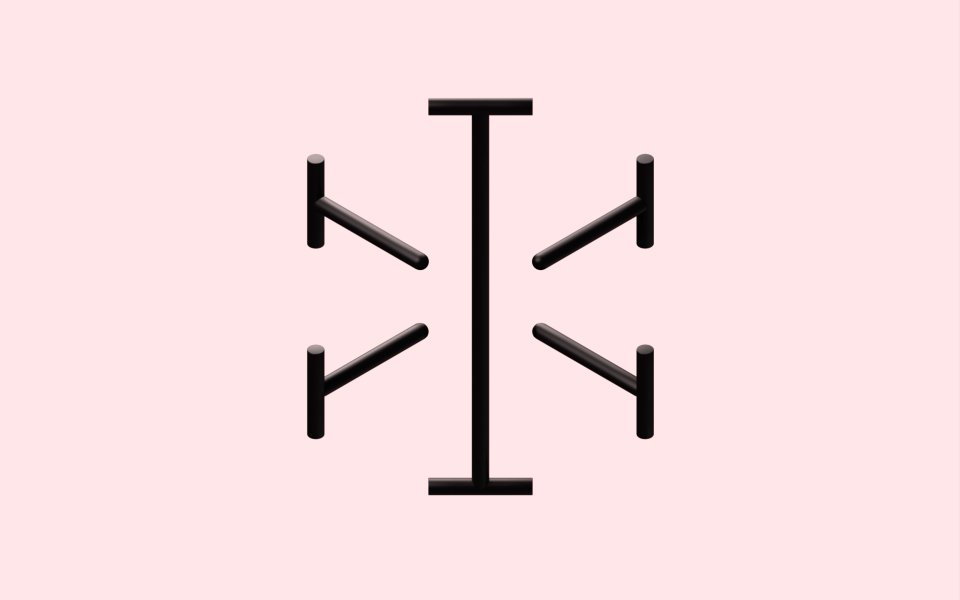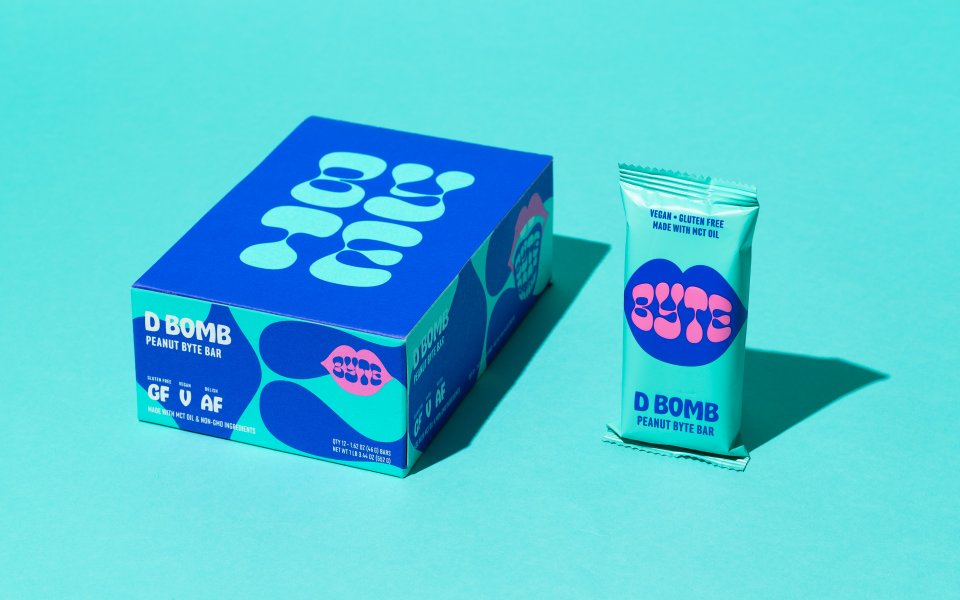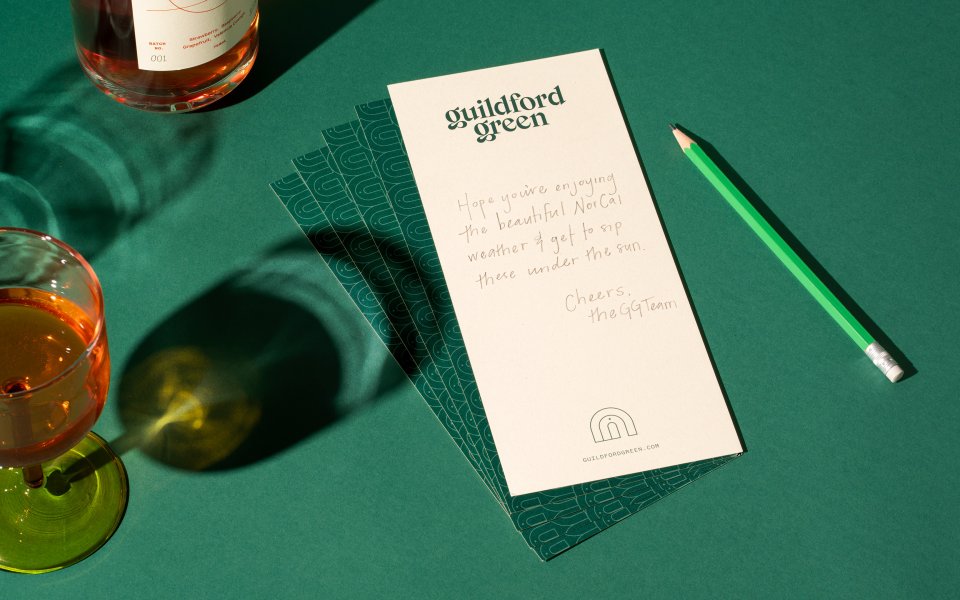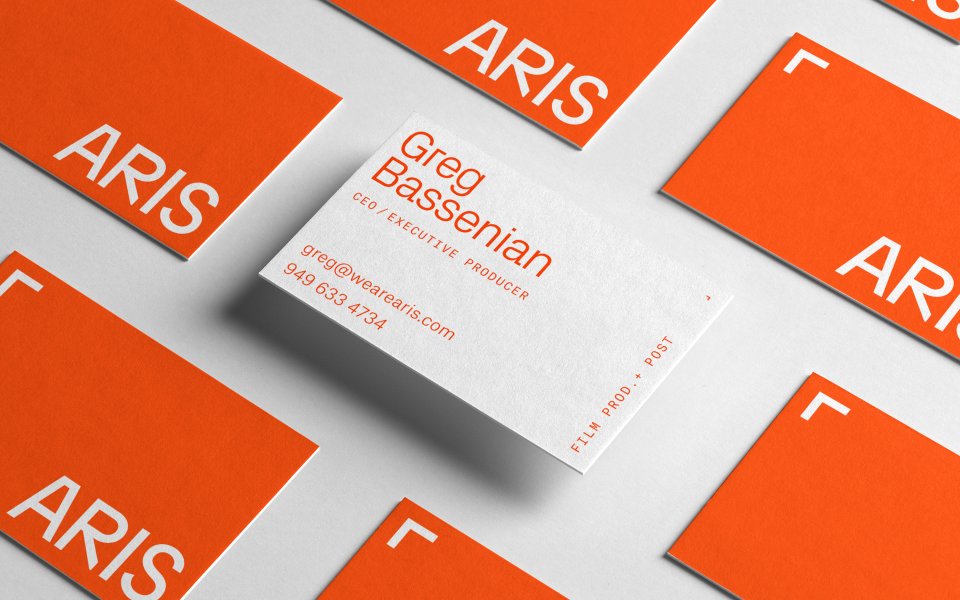Sustainability
Designers often don’t realize that they have a say in how their designs are produced—whether print or digital—and sometimes they simply don’t want to deal with the added complexity. By overseeing production you not only have the ability to make sure your design reaches its full potential, you also have a chance to limit the carbon footprint of your work. Sustainable design requires patience, creativity, thoroughness, and a deeper level of involvement in your work.
Designers can also consider their own carbon footprint in their day-to-day operations. They can commute by foot, bike, bus, or maybe even an electric car charged with solar power. They can use renewable resources to power their studio, use energy efficient appliances and fixtures (e.g. lighting), compost food waste, and incorporate many other sustainable living practice into the studio.
Potentially the greatest impact a designer can have on the environment is on their clients and other designers. By spreading the sustainable mindset to the clients and peers you work with, you can end up making a much greater impact than you could just focusing on your own practice. Additionally, if you’re in the position to do so, you can choose to provide your services only to clients that are doing good things. If you can go one step further and encourage other designers to consider all of these things, the ripple effect could be bigger than the Great Pacific garbage patch.
The most tangible way to practice green design is through print production oversight. This means engaging in a deeper level of involvement in the production of the print piece you’re designing. You can consider the paper the piece is being printed on (recycled content, certifications, bleaching process, etc.), the energy source used to manufacture the paper and print the run, the printing process and the composition of the inks being used, the shipping distance of the paper and finished products, the amount of trim waste, the binding method and adhesives being used, and the reusability or recyclability of the final piece. Each print project has unique challenges.
If you’re in a rush, the most important thing is to specify a paper that is 100% post-consumer waste (PCW) recycled. Often 100% PCW stocks will have other green attributes including being manufactured with renewable energy, processed chlorine free (PCF), Forest Stewardship Council (FCS) certification, and so on. Also, try to avoid the paper overseas or by rushed (airmail) delivery.
Online
Re-nourish — we use the project calculator for nearly every print project
A Better Source and Waste Not— databases of sustainable materials ranging from paper stocks to packaging substrates
INGEDE — in-depth information about about de-inkability of various production methods—a problem affecting certain digital presses
Sustainable Packaging Coalition — free downloadable PDFs with tons of information about designing sustainable packaging
Becoming a Climate Designer Course — A six-week course for practicing designers on how to make a meaningful impact.
Lumi Properties Guide — A great overview of packaging terminology; their blog also contains a slew of great articles on sustainable packaging.
Climate Designers — network of designers committed to using their creative skills for climate action
Books
Brian Dougherty’s “Green Graphic Design” — the best book for beginners, this book is filled with case studies and lots of practical information
Eric Benson and Yvette Perullo’s “Design to Renourish” — a modern primer on systems thinking, an important framework for sustainable design
Adrian Bullock and Meredith Walsh’s “The Green Design and Print Production Handbook”
Aaris Sherin’s “SustainAble” — a lot of the same information as the two aforementioned books but fills in some gaps
Wendy Jedlička’s “Sustainable Graphic Design” — the best book for advanced green graphic designers, a vast amount of information
Most of the paper we specify is made by just a few paper mills: Mohawk (Loop, Options), French Paper (Construction, Speckletone, Kraft-Tone), Neenah Paper (Environment), or New Leaf Paper (everything). They all have different strengths and ideal use cases, so we suggest acquiring swatch books from each mill.
When it comes to print vendors, one of the most important things is to work with local shops. As a result, it’s not possible to provide an easy vendor list for production partners since it varies depending on which area you’re working in.
If you want to be thorough, and avoid sacrifices in cost or quality, green design takes time. We’ll use green print production as an example since it’s often the most applicable to graphic design.
Every print project we oversee involves sustainability to some degree—it’s intrinsic in our approach. On occasion, a like-minded client may simply just want to do the right thing, but our goal is to make green design a clearly positive investment regardless of the client’s initial inclinations.
With large volume print projects, our efforts to minimize waste provide an immediate return on the investment by saving the client money on the production run (the driving force behind many large corporations “going green”). In those circumstances, the value is clear, but on smaller runs the cost of our time might not be offset by the production cost savings. If we do our job right, the client will see enough added value in the level of quality we deliver when overseeing production and, additionally, they may believe that a mindful approach will build trust and loyalty with their audience.
So yes, clients are willing to invest in green design, but it will probably take some uncompensated time invested upfront by the designer in order to be able to price it as a valued service. When we first started practicing green design, we didn’t seek to receive compensation for any of our green production efforts. Now that we have a significant amount of experience and case studies, clients do engage us, in part, for our knowledge, expertise, and results in green print production.
Our current fees factor in the extra time needed for overseeing the quality and sustainability of each print project we take on. Occasionally we’ll need to dive deeper into research on a production process we are unfamiliar with. The time to do so is usually done on our dime, but the research and experience later adds to our value in overseeing production of future projects.
Yes, and the main way to achieve greener web design is to make more efficient websites to minimize the energy needed to serve pages. Efficient code, optimized assets, and intuitive navigation all contribute to less energy used on the site’s server. It’s worth it to look for green hosts, or to estimate your power usage and offset the energy your site requires with carbon credits yourself. The dream is for the major CDNs to go fully renewable and to use them to serve pre-rendered, serverless html.
We’ve both adopted plant-based diet due to the enormously positive environmental impact incurred by doing so (it saves an immense amount of water) and it also didn’t require deviating from our principal diet of pastries, coffee, and soylent green.
We try to limit our use of disposable items (paper towels, plastic bags, etc.) and we re-use, recycle, or compost everything else as often as possible. Almost all of our travel happens via foot, bike, or public transportation. We don’t machine dry our clothes, we eat food that is locally sourced and organic as much as possible, and we don’t leave the water running while we brush our teeth.
Since 2016, we haven’t allowed any meat products to be purchased on company dime. This includes everything from a team lunch to dinner with a prospective client. This is because raising animals for food (factory farming) has catastrophic effects on the environment and continues to be an outsize contributor to climate change. In addition, it causes unnecessary suffering to billions of animals each year. In addition to that addition, plants are tasty if they’re cooked right :)



















